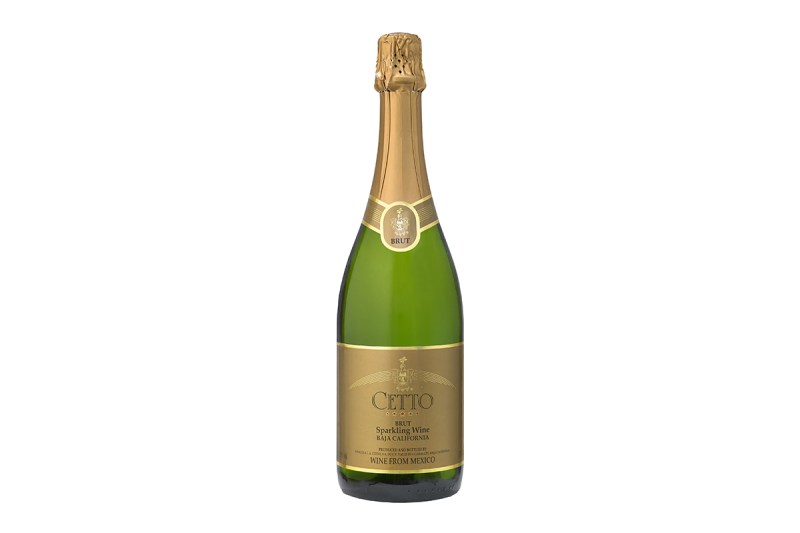Wine has been produced in Mexico since the 16th century. With Spanish rule came mandatory vineyard plantings, wine-loving missions, and a steady flow of vino.
Today, the country is responsible for some exciting up-and-coming wines. The Baja region, in particular, is home to more than 125 producers and is beginning to get some serious industry recognition. Beneath the fine agave spirits and beach-friendly lagers, there’s quality wine on Mexico’s Pacific coast.
"Baja Norte is scratching the surface of potential," said Erin Ungerman of New France Wine Company in the Twin Cities. She’s been looking into Mexican wines for a couple of years now and has seen firsthand the promise of the Baja region.
New France Wine Company launched its own portfolio of Mexican wines in 2018. Prior, Ungerman worked with California importer La Competencia Imports to bring many of her favorite south-of-the-border labels to Minnesota (and beyond as they presently service many U.S. markets).
The climate in Baja is grape friendly. Big temperature swings from day to night encourage ripening and the retention of acidity. Ungerman even refers to the Valle de Guadalupe, a booming stretch of land enjoying some great press right now, as the Napa of Baja.
But part of the Baja draw is its formative and experimental nature. Wine may have a five-century legacy in Mexico, but this area is just starting to see what it’s capable of. There’s not a lot in the way of formal appellations or wine rules in general as of yet, but that could be coming if the growth and quality continue.
“It is very much the wild, wild west,” she said. "The wines are wild, but represent place." Young imbibers increasingly want to experience terroir and can do so via these offerings. The relative curiosity of this wine region only adds to its intrigue. "For the wine adventurer, this is a perfect region to explore," she continued. It's also an easy weekend trek for millions of southern Californians.
Ungerman sums up the Baja wine scene as full of food-friendly options and unique blends from predominantly small, family-run estates. The wines tend to show their close proximity to the ocean with some pleasant salinity. "There are some great wines being made now, but with a little more time I think we will see some amazing things coming out of this region," she said.
Below, check out a handful of must-trys from Ungerman, plus some of our favorites.











L.A. Cetto Sparkling Brut
Bubbles are pretty rare in Mexico, but this one made from chardonnay suggests there’s plenty of potential.


Casa Magoni Chardonnay
An unexpected blend incorporating Vermentino, an Italian varietal only recently introduced to the Guadalupe Valley.


Santos Brujos Chardonnay
A more delicate take on the noble chardonnay grape, this wine is all about finesse and freshness.


Bodegas Henri Lurton Sauvignon Blanc
A fresh and focused white that’s perfect with just about every warm-weather dish you can imagine.


Casa Magoni Red Blend
This wine is a blend of Sangiovese and cabernet sauvignon and holds on to its fruity nature thanks to a non-wood aging regimen.


Bodegas Henri Lurton Nebbiolo
Nebbiolo is a famed northern Italian variety that happens to do quite well in the San Vicente Valley of the Baja region.


La Lomita Cabernet Sauvignon
Made in from fruit grown in the Valle de Guadalupe, this wine has a lot of energy for a cabernet.


Mina Penelope Sauvignon Blanc
A cool take on sauvignon blanc, this wine is pale straw in color, offers nice balance, and does great with oysters.


Casa Jipi Nebbiolo
Full of pizazz, this Nebbiolo riff will have you rethinking the varietal (in a good way).


Casa Madero Red Blend
Nice and wild, this wine shows plenty of berry and red fruit flavors, with solid structure.

Frequently Asked Questions
The wine industry continues to grow in Mexico, thanks to a new generation or producers and retailers and sommeliers starting to take notice. More and more acres are being set aside for viticulture, with popular grape varieties including chardonnay, chenin blanc, dauvignon blanc, and Viognier.
In terms of reds, Bordeaux varietals like cabernet sauvignon and merlot do well in Mexico. Also grown is Grenache, Nebbiolo, and Tempranillo. As the newest band of producers continues to flex its creative muscles, look out for new varietals coming to the fore.
Ready to peruse the wine map further? Check out our guides to Sonoma wine country and dry farm wines. Be adventurous in your sipping and chat up your local sommelier or wine shop staff for recommendations.



